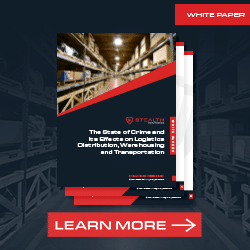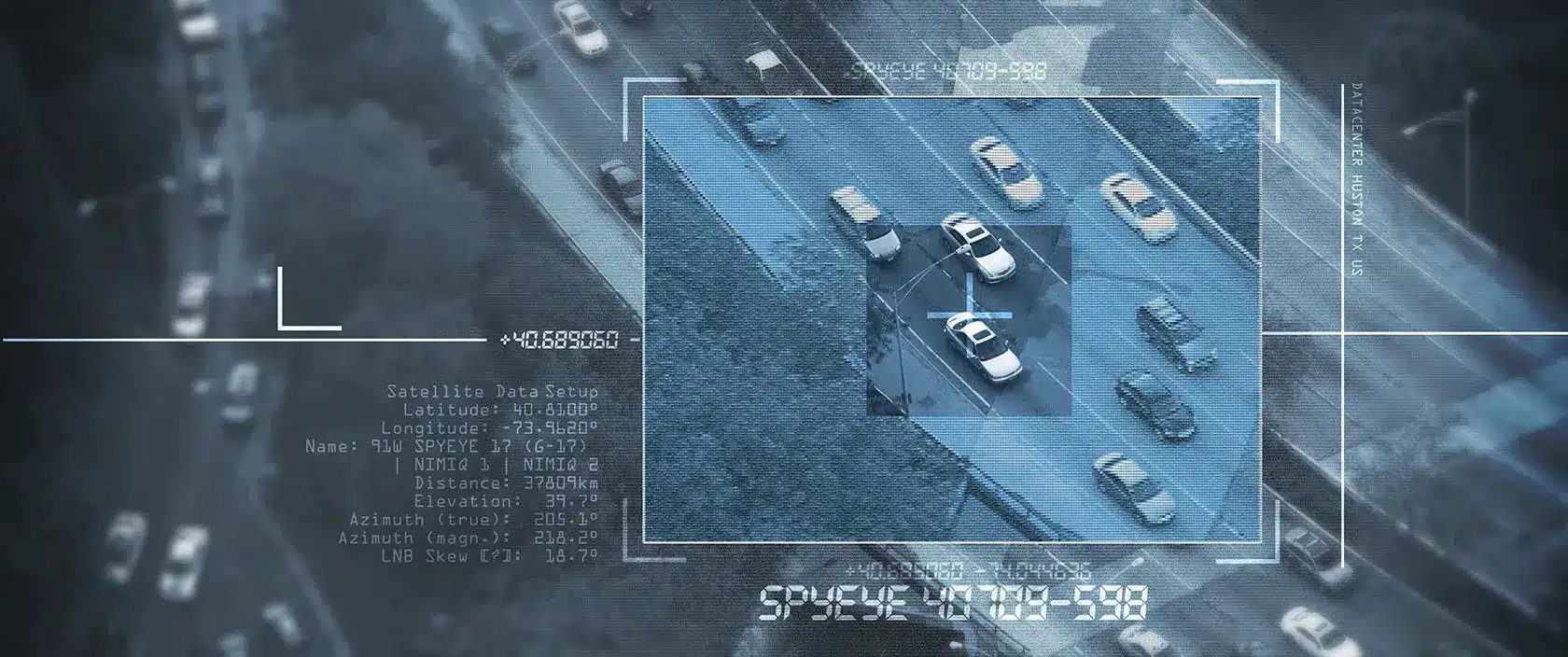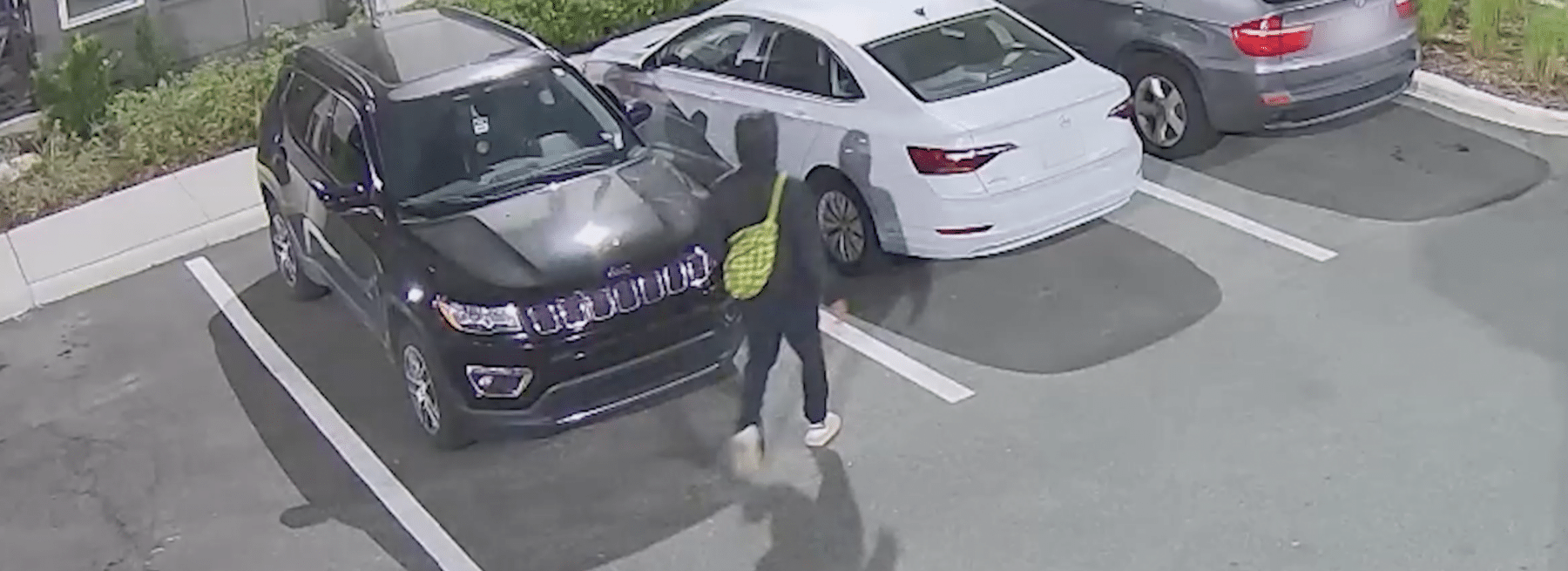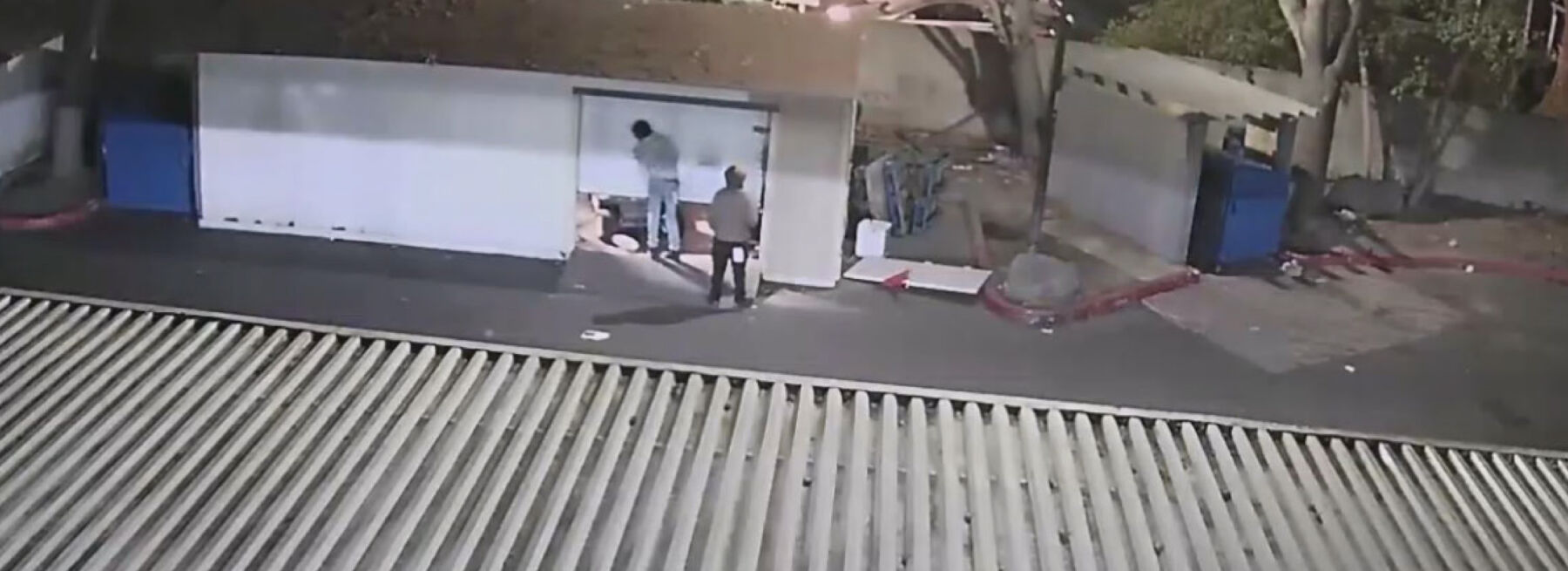Cargo theft through strategic means is not a new phenomenon. However, crime rings have leveled up their strategic theft methods. Strategic theft is another name for fictitious cargo pickups, which are on the upswing according to CargoNet. The company says it has seen almost 100 more fictitious pickups in 2022 than in 2021. This is a 600% increase between the two years.
“This style of fictitious cargo pickup relies heavily on subcontracting the shipment to a legitimate motor carrier and having the shipment misdirected to another address,” writes CargoNet.
CargoNet also reports cargo theft has climbed by 20% year-over-year with the stolen cargo valued at $223 million. In analyzing the data, they say a single event may consist of stealing one or more shipments or vehicles. The analysis has found the average value per cargo theft was more than $200,000.
How Fictitious Pickups and the New Cargo Theft Tactics Work
Standard fictitious pickups involve a crook pretending to be a representative from a known freight company. The thief negotiates with the brokers for the price of the load. After they pick up the cargo, the brokers never hear from them again.
It may be a few days before the broker finds out the load failed to arrive at its destination. They reach out to the trucking company that will confirm they did not pick up the cargo. Strategic theft tends to include identity theft and double brokering scams.
The new method has the crooks posing as legitimate known carriers who strike right before the weekend. This allows them to have a couple of days to get away with the crime as it will take longer before the victims realize something went wrong. Every day that passes drastically reduces the chances of recovering the stolen cargo.
They call brokers directly posing as a representative from a known carrier. The crooks are betting the broker uses the carrier, so it may or may not work. If the broker uses the carrier, then the suspects book more than one load.
In some cases, they’re posing as legitimate truckers. They collect the truckers’ information by using phishing and other scams to obtain information about a registered trucker’s identity. This process takes time and resources to pull off.
Once they have the trucker’s identity, it allows them to do double-broker and even triple-broker carrier schemes to commit cargo theft without detection. They also falsify the CDL, which lets them look like legitimate carriers.
Another tactic is to pose as a freight forwarder, which is someone who acts as a broker between two legitimate entities at a freight exchange site. When a trucker picks up the cargo, the crook will give them a new delivery address. The crook’s team steals the cargo at the delivery site.
Unfortunately, it takes criminals only 60 seconds to steal an entire trailer. It’s riskier to empty the trailer because it could take up to 12 minutes. Organized crime rings are a huge problem. FreightWaves reports nine out of 10 cargo thefts have been committed by these rings. They have the means to pull off these complex thefts.
What It Takes to Prevent Cargo Theft
How can companies prevent cargo theft? Freight company Overhaul shares the following red flags in an Overdrive article.
- CDL photo that doesn’t match the driver. (Ask for alternate forms of ID.)
- Temporary signage or recently painted-over logos on a tractor, trailer, or both.
- Nuts instead of rivets on trailer seal hasps.
- Temporary (paper) or missing license plates and driver’s licenses.
- Any mismatch between the carrier’s USDOT number and SAFER information.
CargoNet offers advice on how to mitigate fictitious cargo pickups and identity theft.
“Logistics brokers and shippers can help prevent fictitious cargo pickups by verifying any bids on shipments with the motor carrier through their contact information on file with the FMCSA and verifying the name of the motor carrier and driver matches whom the shipment was tendered to,” CargoNet writes.
Here are four ways companies can help protect themselves from cargo theft tactics.
1. Document and follow checklists, processes, and procedures
One way to counter fictitious pickups and any new tactics is by having processes and procedures in place. The process should include vetting all carriers and brokers. It’s important to request verifiable identification. Check the driver’s legitimacy by contacting the phone number listed on their bill of lading while the trucker is onsite.
Verify the bids on the shipment with the motor carrier by using the contact information filed with the Federal Motor Carrier Safety Administration (FMCSA). Check that the carrier and driver match the information on the shipment.
The checklist should note things like being wary of new customers who attempt to pay using a peer-to-peer money transfer app. Another red flag is if the delivery address is different from what’s on the bill of lading.
In the documentation, remind people to be diligent, especially on Fridays. Remember, crime rings try to commit these crimes on Friday to give themselves the weekend to make their getaway. They also know there are tight shipping deadlines on Friday. This increases the chances of someone making a mistake in their rush to get the cargo out.
The documentation must clearly state that no filled trailer should sit overnight. In fact, a good policy is to pack the trailer right before its departure. Don’t release the load to the driver until after someone takes photos of the driver, truck, and bill of lading and captures the driver’s fingerprints.
Make it a requirement for the motor carrier to provide information to you at least 24 hours prior to pick-up. This information will contain the name of the driver and the carrier, the truck number, and insurance information. It would be worth investing in a system to track shipments if your facility doesn’t have one already. Some of them have the ability to maintain a list of approved truck drivers.
Processes are only as good as the people who follow them. This is why employee training is essential in helping deter cargo theft. They must be trained in security and processes. Employees need to know how to recognize and report suspicious activities. This training should be provided on a yearly basis. It’s still worth doing self-audits and random spot checks. Also, require background checks on all new employees and drivers.
Crime rings watch over distribution centers and warehouses. They’ll follow a trailer until it stops somewhere for the driver’s break. Require drivers to prepare themselves to travel at least 200 miles before stopping. Crime rings follow trucks for 150 miles.
2. Use GPS trackers and sensors
You can add another layer of security by using GPS trackers and sensors. With sensors, you can monitor for any change. These can be a change in the lighting or the temperature. These can provide hints that the doors may have been opened and someone took the cargo. Some sensors can alert someone who can contact the truck driver to check out the problem.
GPS trackers are getting smaller and harder to find. Crime rings do look for them and may have a GPS jammer. But every bit helps.
3. Randomize seals
Considering organized crime gangs will go so far as to do phishing scams to capture truck driver information, they will also make replicas of security devices using a 3D printer. They can replicate an ISO 17712 high-security cargo seal and lock in minutes. They use these to replace the broken seals with their copies. It makes it look like the cargo is secure and the truck driver will continue with the route. But in reality, the goods have long been stolen.
This is where randomizing the color of the seals can help cut the risk of the thieves having an exact match. Every time drivers leave the trailer; they need to check the seals and locks to verify they’re still intact. Use air cuff locks and high-security rear door locks. These lock the dashboard brake valves to prevent the unauthorized movement of the load.
4. Use video surveillance with remote monitoring
While you can do everything right including documenting processes and training employees, there’s always a chance humans will make mistakes, and they do. A powerful layer of security is to use video surveillance with remote monitoring. It can record everything that happens. That way if any delivery goes awry, you have the video footage for reviewing. Additionally, video surveillance can help identify any security gaps and lapses.
Anytime the police don’t come before the thieves get away with the cargo, the security cameras can help determine what happened and who is responsible. With cameras posted everywhere recording and retaining all the footage, video analysts can search to pull up the crime scene and share it with the authorities.
Video surveillance with remote monitoring can do more than help deter cargo theft. For instance, false liability claims aren’t going to be seen in video surveillance. People make them up in an attempt to get money. The video footage can help prove that. Security cameras also help companies find ways to enhance operational efficiencies. The video can help improve the documentation and processes. You can also use the video in employee training.
Not all security cameras are equal. They can either be reactive or proactive security solutions depending on how they’re set up. A proactive solution uses video analytics and human intelligence.
Video analytics watches all the cameras to find a match to any one of its thousands of scenarios. As soon as it spots a potential problem, it can alert a trained monitoring operator — working in locations away from the business — who can respond appropriately for the situation. They can warn the suspects through an onsite speaker and call the police.
Crime rings have the resources to keep countering cargo theft deterrents. Companies can reduce their risk of cargo theft by following these four things.
Remote video surveillance has the advantage of providing other benefits such as lowering liability. Companies partnering with Stealth Monitoring for their video surveillance with remote monitoring solutions can see a return on investment within months. To learn more about remote video surveillance, check out this guide that shows how video surveillance does more than catch criminals. For a customized security plan that helps maximize your ROI, contact us.
Texas Private Security License Number: B14187
California Alarm Operator License Number: ACO7876
Florida Alarm System Contractor I License Number: EF20001598
Tennessee Alarm Contracting Company License Number: 2294
Virginia Private Security Services Business License Number: 11-19499
Alabama Electronic Security License # 002116
Canada TSBC License: LEL0200704





